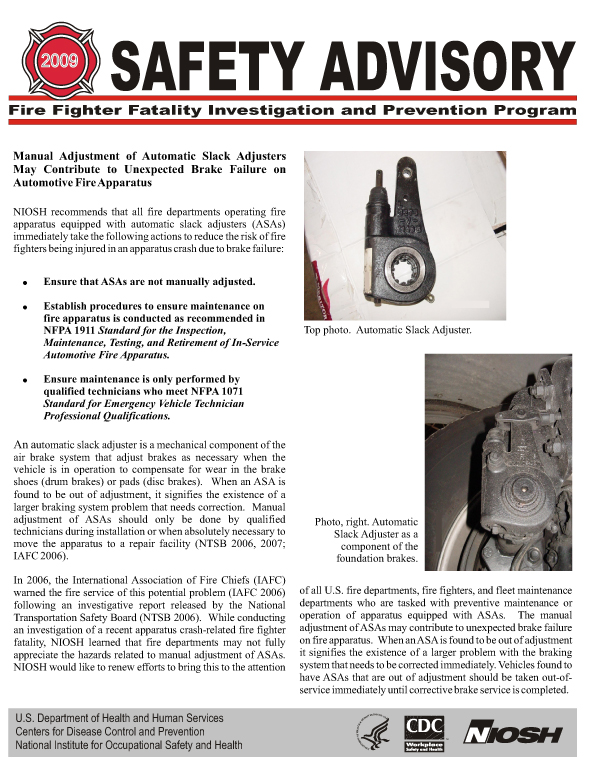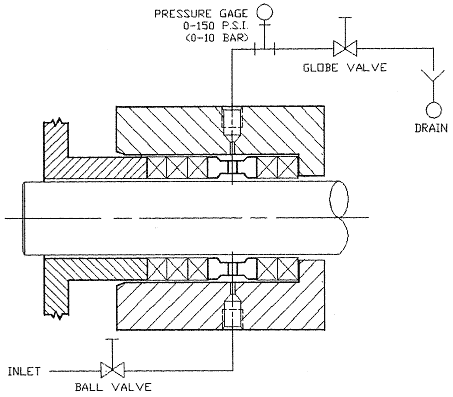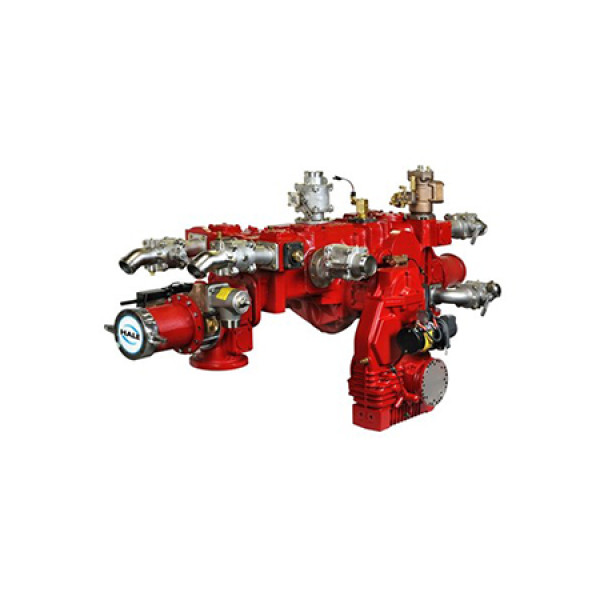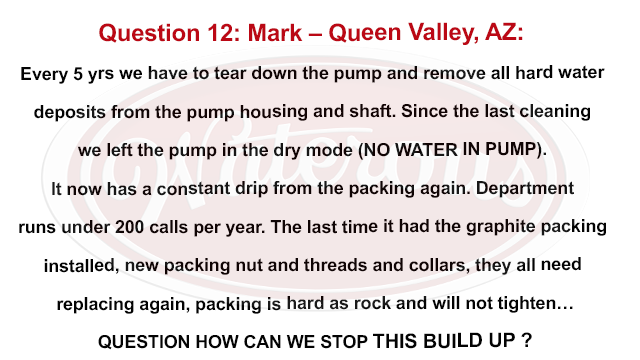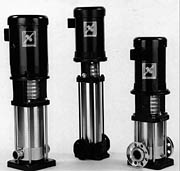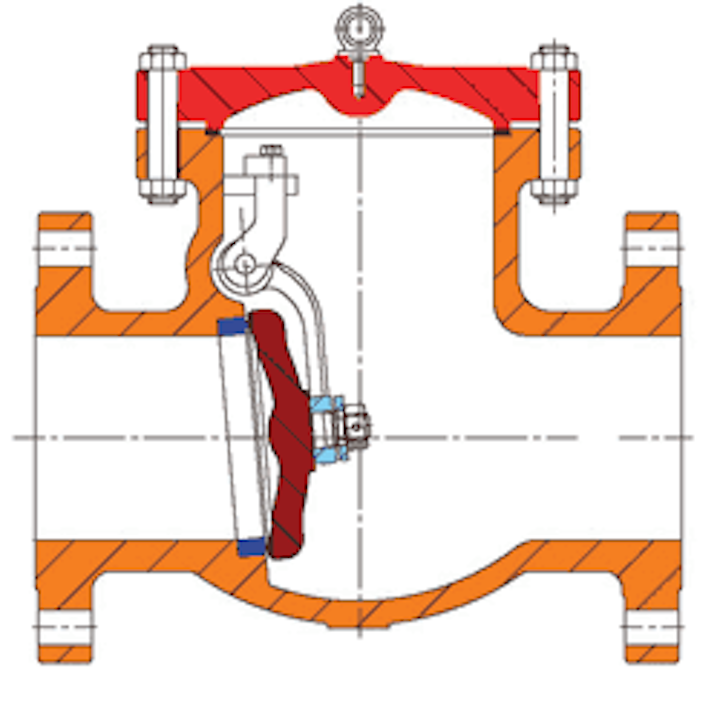Fire Pump Packing Drip Rate

This process may require two to three hours.
Fire pump packing drip rate. Two stage pumps in volume. The 60 drips per minute is a little more forgiving than the 5 drips per minute but should still be used as a limit for a maximum drip rate to be allowed. Chapter 4 fire pumps 89 program for individual systems suction piping shall be fl ushed at a fl ow rate not less than indicated in table 14 1 1 1 a exhibit 4 1 and table 14 1 1 1 b exhibit 4 2 of nfpa 14 2010 or at. Packing that is adjusted too loose can allow air to be sucked in through the packing during priming reducing the height that at which the pump can be primed.
If you have any questions about replacing fire pump packing or would prefer we perform the service for you simply pick up the phone and call us at 302 652 4722. Every 20 minutes tighten the packing gland nuts one flat at a time until the leakage has been reduced to about 60 drops per minute. Break tanks are most commonly used 1 as a means of backflow prevention between the water supply source and the fire pump suction pipe 2 to eliminate fluctuations in the water supply source pressure 3 to provide a stable and relatively constant suction pressure at the fire pump and or 4 to provide water storage to augment a water source that cannot provide the maximum flow rate. But as the pump and packing start to set in you can expect a couple years of consistent and reliable service.
Packing that is adjusted too loose can allow air to be sucked in through the packing during priming reducing the height that the pump can be primed at. The correct drip rate for a packed pump is 10 120 drips per minute at 150 psi discharge pressure. The 60 drips per minute is a little more forgiving than the five drips per minute but should still be used as a limit for a maximum drip rate to be allowed. Too fast of a drip rate can also be bad.
Packing adjustment will be more frequent at first. At the beginning of the pump operation loosen the gland nuts and allow the packing boxes to leak liberally.





